Chesapeake Bay Interpretive Buoy System
Chesapeake bay interpretive buoy system. Wind Speed 174 kts. The buoy is in the middle of the Bay in a fairly wide part of the estuary west of the mouth of the Eastern Shores Little Choptank River and east of Dares Beach Maryland. As of early August the NOAA Chesapeake Bay Interpretive Buoy System CBIBS has six buoys deployed and reporting data in near-real.
The NOAA Chesapeake Bay Interpretive Buoy System CBIBS is a network of observational platforms managed by the NOAA Chesapeake Bay Office NCBO that provides continuous real-time environmental data from the Chesapeake Bay to a wide variety of users. Kirk helps maintain 10 buoys that comprise the Chesapeake Bay Interpretive Buoy System CBIBS which collects data and marks locations on the Captain John Smith Chesapeake Historic. He is just returning to the Bay from an overwinter cruise to the Florida Keysdown to Marathon and back.
Be sure to check the weather forecast before you head out. The National Oceanic and Atmospheric Administrations buoy system brings the Bay into the palm of your hand. A series of buoys collects and transmits real-time data on wind and water conditions around the Chesapeake Bay.
These on-the-water platforms merge the modern technologies of cellular communications and internet-based information sharing. It was the first buoy to be deployed as part of the NOAA Chesapeake Bay Interpretive Buoy System. On July 17 1608 Captain John Smith and his group of explorers ran aground at the mouth of the Rappahannock River.
The ten buoys deployed throughout the Bay also support the National Park Services Captain John Smith Chesapeake National. Well upstream of the buoy the Potomac River which is adjacent to Washington DC is one of the most heavily populated and altered watersheds in the Chesapeake Bay. This data is helping fishermen improve their.
This buoy has been pulled for several winters to keep it safe from potential ice damage so overwinter data gaps as well as other intermittent data gaps exist. Ten buoys comprise the National Oceanic and Atmospheric Associations Chesapeake Bay Interpretive Buoy System and it is up to buoy engineer Katie Kirk and t. The National Oceanic and Atmospheric Administrations NOAA Chesapeake Bay Interpretive Buoy System CBIBS is a network of observing platforms buoys that collect meteorological oceanographic and water-quality data and relay that information using wireless technology to a variety of users.
Ad Compare 768 Vacation Rentals In Chesapeake Bay VA. Save 75 Off Today.
A series of buoys collects and transmits real-time data on wind and water conditions around the Chesapeake Bay.
On July 17 1608 Captain John Smith and his group of explorers ran aground at the mouth of the Rappahannock River. It was the first buoy to be deployed as part of the NOAA Chesapeake Bay Interpretive Buoy System. Senior buoy specialist Katie Kirk works on buoy electronics inside a National Oceanic and Atmospheric Association NOAA warehouse in Annapolis Md on March 31. Wind Direction 312. David Scheidt has been racing sailboats around the Chesapeake Bay since the mid-1970s. Summer 2021 Brings Lower-than-Average. We are so looking forward to getting back to the Chesapeake. Ten buoys comprise the National Oceanic and Atmospheric Associations Chesapeake Bay Interpretive Buoy System and it is up to buoy engineer Katie Kirk and the CBIBS team to keep the yellow sensor-laden buoys up and running. Well upstream of the buoy the Potomac River which is adjacent to Washington DC is one of the most heavily populated and altered watersheds in the Chesapeake Bay.
Aug 4 2021. The National Oceanic and Atmospheric Administrations NOAA Chesapeake Bay Interpretive Buoy System CBIBS is a network of observing platforms buoys that collect meteorological oceanographic and water-quality data and relay that information using wireless technology to a variety of users. This data is helping fishermen improve their. The ten buoys deployed throughout the Bay also support the National Park Services Captain John Smith Chesapeake National. A buoy was first deployed at the mouth of the Severn River off Annapolis Maryland on November 18 2009. Air Temp 493 F. For more information on the history of the Potomac and areas surrounding the buoy please visit.


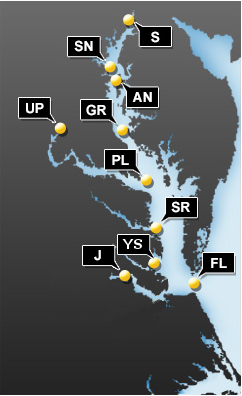







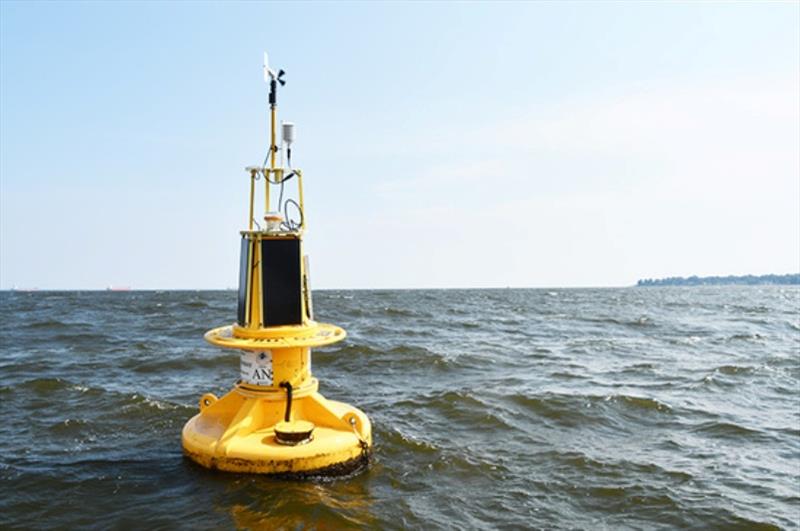
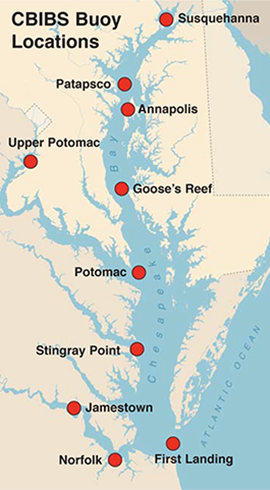

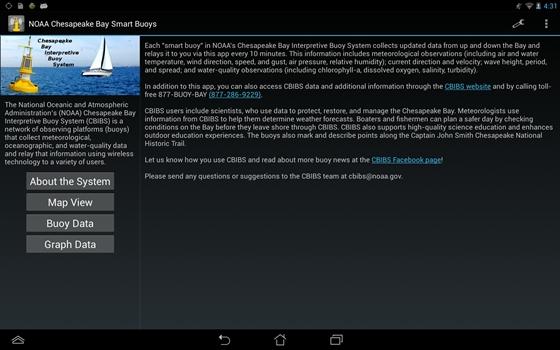

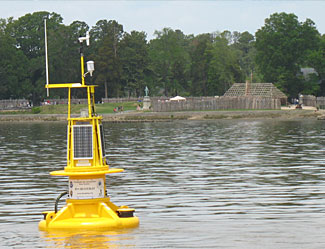




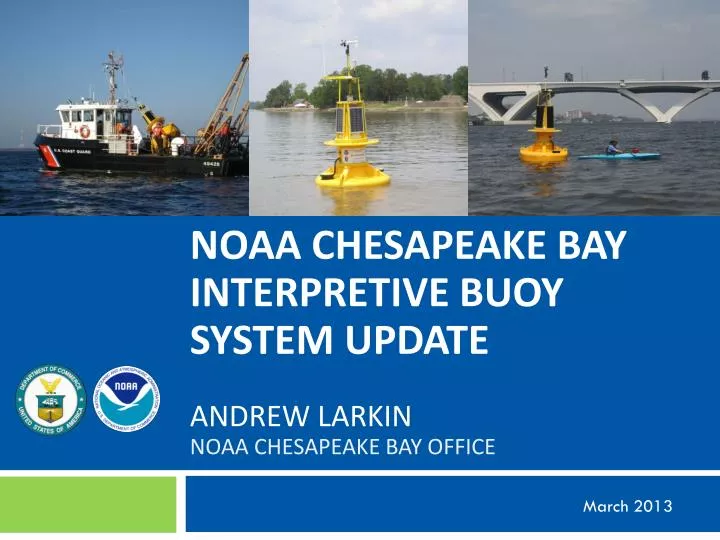


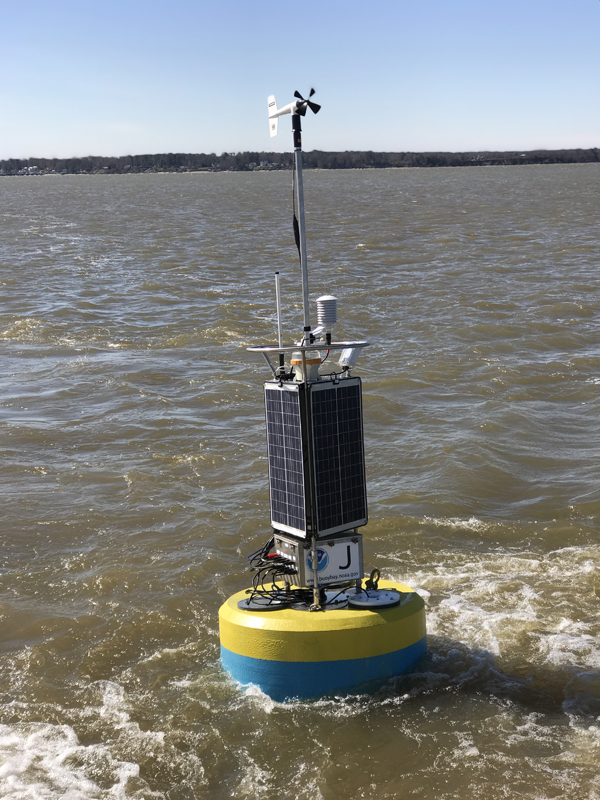
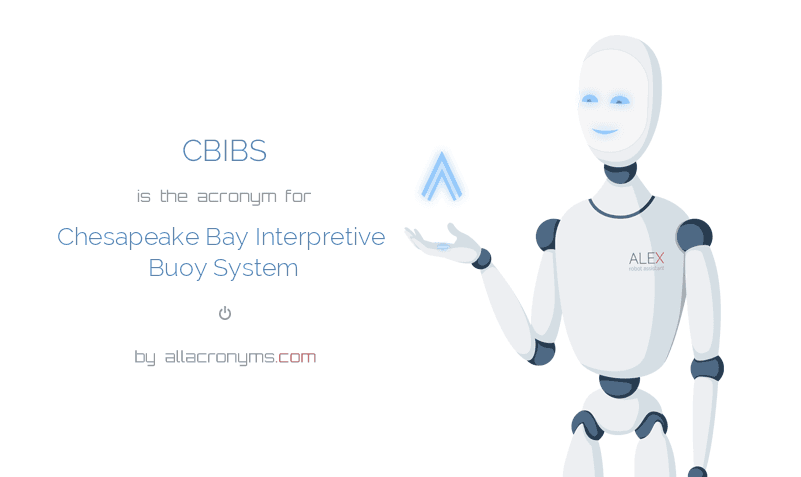



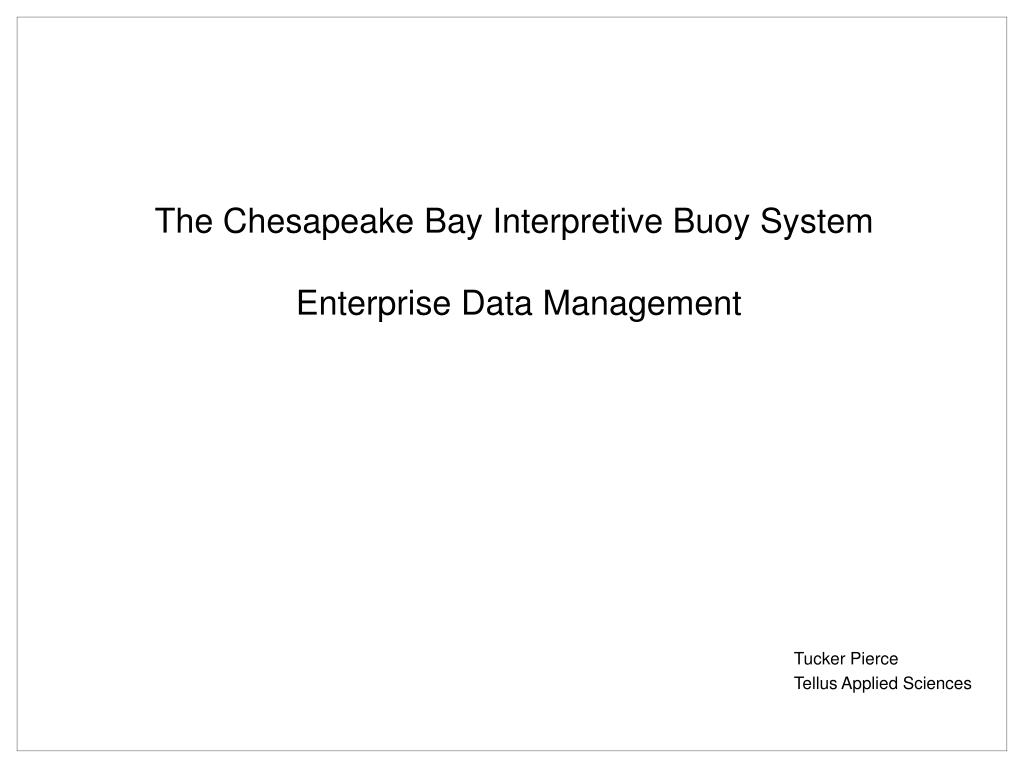


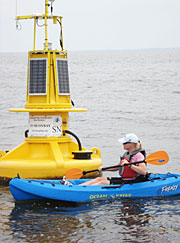


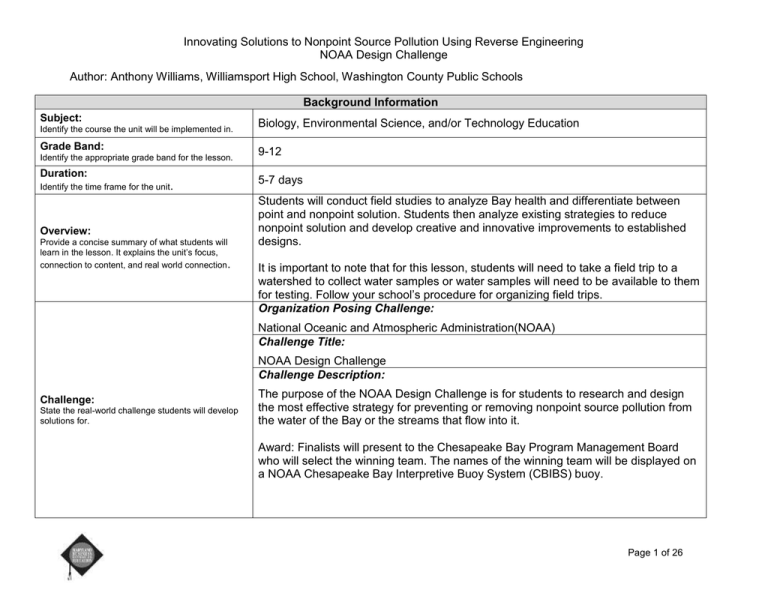
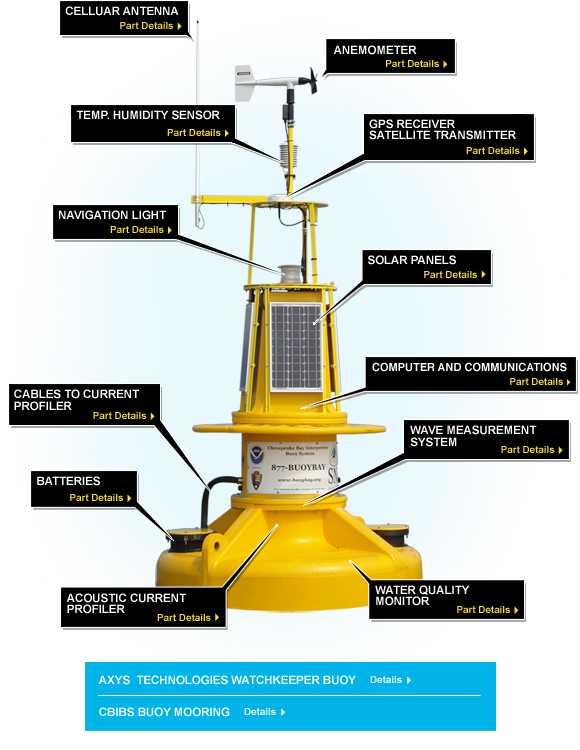
Post a Comment for "Chesapeake Bay Interpretive Buoy System"